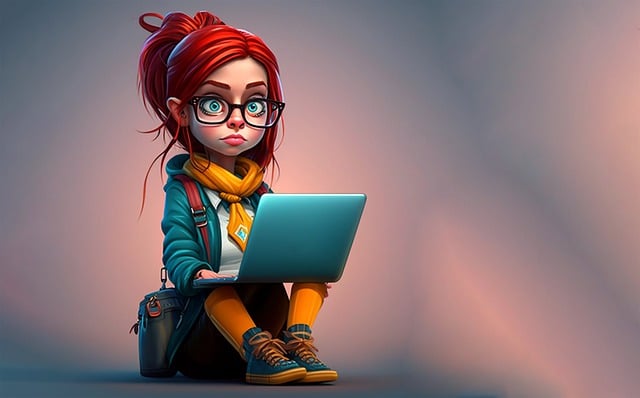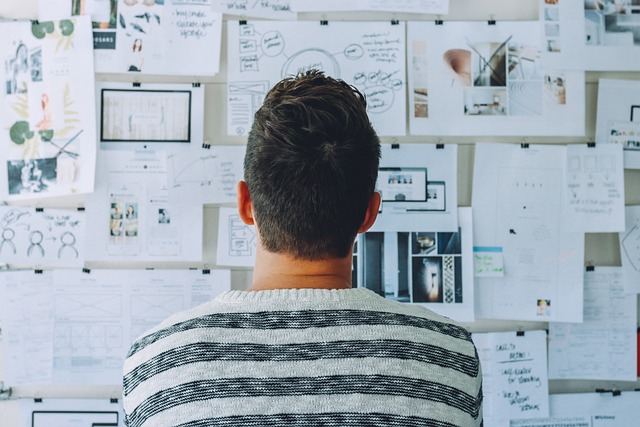Section 1: Introduction to AI Technology and its Evolution
Artificial Intelligence (AI) has been a buzzword for quite some time now. From science fiction to reality, AI has come a long way in terms of development and advancement. It is no longer just a concept, but a powerful tool that is revolutionizing various industries. AI technology has the potential to change the world we live in and unleash a creative revolution. In this article, we will explore the advancements in AI technology and how it is transforming the way we live, work, and create.
AI technology is a broad term that encompasses various aspects of computer science, including machine learning, natural language processing, and robotics. It involves the development of intelligent machines that can perform tasks that typically require human intelligence. The idea of AI has been around since the 1950s, but it is only in recent years that we have seen significant progress in this field. With the availability of big data, powerful computing systems, and advanced algorithms, AI has become more sophisticated and capable of performing complex tasks.
Section 2: The Impact of AI on Various Industries
The advancements in AI technology have had a profound impact on various industries, including healthcare, finance, manufacturing, and entertainment. In the healthcare industry, AI is being used to analyze medical data, assist in diagnosis, and even perform surgeries. This has not only improved the accuracy and speed of medical procedures but also reduced the risk of human error. In finance, AI is being used for fraud detection, risk assessment, and portfolio management. It has enabled financial institutions to make more informed decisions and improve their overall efficiency.
In the manufacturing industry, AI has transformed the way products are designed, produced, and delivered. With the use of AI-powered robots, factories can operate 24/7, increasing productivity and reducing costs. AI has also made its way into the entertainment industry, with the development of virtual reality and augmented reality technologies. These immersive experiences are made possible by AI algorithms that can create realistic simulations and enhance user interactions.
Section 3: Unleashing the Creative Potential of AI
One of the most exciting aspects of AI technology is its ability to unleash creativity and innovation. AI is not just limited to performing tasks; it can also generate new ideas and solutions. This has opened up a whole new world of possibilities for artists, designers, and creators. With the help of AI, artists can now create stunning visual effects, generate music, and even write stories. This has not only expanded the creative horizon but also challenged the traditional notions of human creativity.
One of the most significant advancements in AI technology is the development of Generative Adversarial Networks (GANs). GANs are a type of AI algorithm that consists of two neural networks – a generator and a discriminator. The generator creates new images, music, or text based on the data it has been trained on, while the discriminator evaluates the output and provides feedback. This process continues until the generator produces an output that is indistinguishable from the real thing. GANs have been used to create original artwork, music, and even entire movie scripts.
Another area where AI is unleashing creativity is in the field of design. With the help of AI tools, designers can now generate multiple design options and variations, saving time and effort. AI algorithms can also analyze user data and preferences to create personalized designs, making the design process more efficient and effective. This has not only improved the speed of design but also opened up new possibilities for customization and personalization.
Section 4: The Future of AI and Creativity
As AI technology continues to advance, its impact on creativity and innovation will only grow. With the development of more sophisticated algorithms and the availability of more data, AI will become even more capable of generating new ideas and solutions. This will not only benefit the creative industries but also other fields such as research and development. AI can assist in scientific research by analyzing vast amounts of data and identifying patterns that humans may not be able to detect.
However, with these advancements, there are also concerns about the role of AI in the creative process. Many fear that AI will replace human creativity, leading to a loss of jobs and a lack of originality. While it is true that AI can generate new ideas and content, it is ultimately up to humans to bring these ideas to life and add their own unique touch. AI can assist and enhance creativity, but it cannot replace the human touch and emotions that are essential in the creative process.
Conclusion
In conclusion, the advancements in AI technology are unleashing a creative revolution. From transforming industries to expanding the creative horizon, AI has the potential to change the way we live, work, and create. As we continue to explore the possibilities of AI, it is essential to remember that it is a tool that can assist and enhance human creativity, but it cannot replace it. The future of AI and creativity is exciting, and we can only imagine the endless possibilities that lie ahead.











